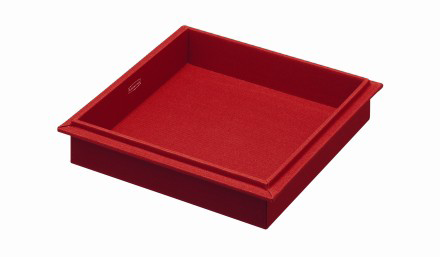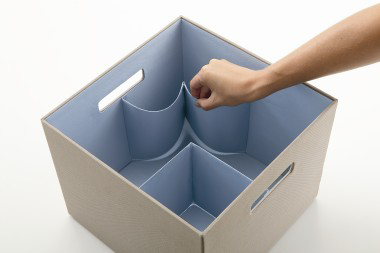I love sharing success stories! It takes courage, tenacity and a team to make a big change from a home filled to the brim to a home ready to sell. I am fortunate to share Audrey’s story!
Audrey and I started working together in 2007. We met in her home to get started organizing. It was a meeting that stayed on my mind, a professional and proper woman who had a home filled to the brim. Audrey was recently diagnosed with ADD, had become a member of our local ADD chapter and knew of her challenges all too well. She was just at a beginning stage of recognizing what was ahead of her. Audrey was still in denial about the challenges she faced.
About two years went by, and Audrey contact me again to help her. At this time, she had recently purchased a new home and wanted to sell her hoarded home. It was troubling to her, but in a compelling way. It was difficult to part with items in her old home, even though the new home was fully furnished. She shared that at her new home, she had wished to build a shed that was hold all her belongings. It would have walls and walls of shelving, just to keep her stuff. However, with the economy and her husband’s poor health, their new home would not include this shed. It was beginning to dawn on her that her belongings would not fit in her new home. She was beginning to part with her stuff, but it was still very difficult.
A year later, in 2010, Audrey was in touch again. This time Audrey knew it was time to make a serious change. She must sell the old home and dispose of the contents. Together we applied to a number of television shows to get her help. She was willing to tell her story in exchange for the assistance provided. We were declined by all the shows. It was in being declined that Audrey realized she must build her own team. She invited church members over to help her declutter and move items. She hired a mover who also took off items and donated or sold them. Audrey paid college students to help her. She was making great progress.
This week Audrey invited me to see her success! I am thrilled for this transformation for her. What did she share that made this success happen?
- Her husband and daughter Lisa supported her in this work of decluttering. They would go with her to the home and be there as a sounding board.
- She had the support of her therapist in working through grief issues that had been reasons behind holding on to some of the items.
- Her realtor said to her, “What could be of such great value in this home that you are paying monthly for the utilities and more?” Audrey realized that the $200 she pays monthly for electricity is an unnecessary expense.
- Me! Audrey would check in for accountability regularly, just to share with me her progress.
- Audrey realized that this home and its stuff was a barrier in her relationships and had held her back long enough.
- What did Audrey uncover that was most valuable to her? Jewelry and a bible belonging to her brother. What was the hardest thing to let go of? Her grandson’s papers from elementary school and anything belonging to her mother. What did she do with the items? Mainly donate, but also throw away a lot of it.
I am attaching a gallery of shots from Audrey’s home. Each before picture is taken from the hallway. In the first picture, you can’t get in the room, it is just a view of plastic bags. Each room has enormous items to tackle.
Audrey is courageously sharing this success and her story. Thank you Audrey for partnering with me to make a difference!











